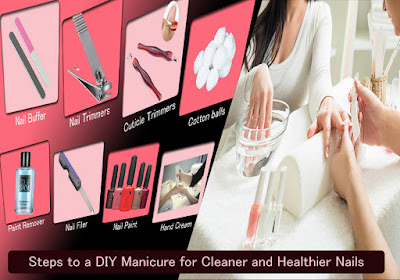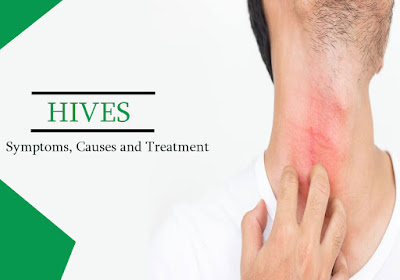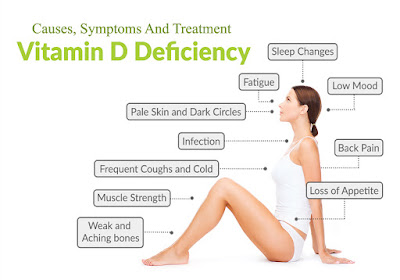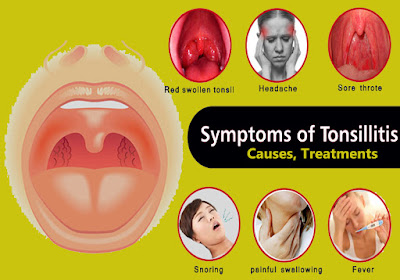Our feet are the most exposed to the dirt of our surroundings. While they carry the entire weight of our body and contain vital nerves that help us function, we also often ignore the grooming of these parts and by default, make way for various fungus infection and most commonly unpleasant odor. The step by step guide to avail pedicure at home can relieve the stress in the feet and produce smooth, clean skin and shapely feet. Also, the relaxing factor of a pedicure cannot be mentioned enough to do it justice. Listed below are the steps to a DIY pedicure with all the types of equipment and ingredients required.
Tools Required:
• A container that can fit your feet comfortably,
• Warm water,
• Mild shampoo or bath salt,
• Good quality foot scrub,
• Nail trimmers,
• Cuticle pusher,
• Nail filer,
• A pumice stone or foot file,
• Nail scrubber,
• Cotton pads,
• Nail polish remover,
• Foot cream,
• Clean towel and
• Nail paint.
Process of DIY Pedicure:
To get a pedicure at home, once you have gathered the tools and ingredients, making sure that the surface on which you are going to do the process on is secure, and there are no valuables to be tainted by the nail paint. Focusing on relaxing and not on the technicalities of the process is the crucial part in achieving desired results.
1. Prep the Nails—
As the first step to this guide, this step holds the utmost importance in determining how the nails and feet would look after the complete procedure. Not cutting the nails too short is recommended, but leaving them too long can become the cause of hurting your own feet. Select the shape of your nails as per your choice and give the nails a smooth curve all around. Using the nail paint remover and getting rid of all traces of old nail polish is also recommended in this step. Use the cotton pad and dab some of the remover solutions on it and then rub it gently on the nails, in case, the paint is hardened, put some of the solutions on the pads and stick them on the nails for a while, the paint will ultimately come off.
2. Soak the Feet—
This relaxing step helps to eradicate all the dirt and dead skin cells from the feet and around the nails to make them look clean and shiny. Soak your feet in warm water for 15 to 20 minutes with added bath salt or mild shampoo. Using lemon in the water is also recommended as it gets rid of the smell and provides a fresher feeling. Flowers and essential oils can also be added to contribute to the relaxing mood.
3. Scrub—
Apply a small amount of cuticle cream on the base of your toenails and let it soften the skin. After waiting about a minute, scrub your feet and the skin around the nails, between the fingers using a soft exfoliating cream and then use a pumice stone to rid your skin of dead cells. Not hurting yourself by being too rough on the sensitive skin is important and being firm is necessary to get rid of the hardened dead surfaces that can cause cracks and later, infections.
4. Push back Cuticles—
Immediately after the scrub, gently push back your cuticles using a cuticle pusher. Not cutting your cuticles is recommended and is extremely gentle on the now soft skin is required. To avoid infections around the nails, cleaning is necessary, but extra care is to be imparted to this step to avoid hurting oneself.
5. Moisturise—
This step cannot be stressed enough. Use a scented moisturizer to retain the fresh feeling but also take care not to use a too oily cream to moisturize as it can cause accidents. To rejuvenate the skin on your feet and nails, the use of a hydrating moisturizer is recommended, and you can also use a nail cream to strengthen the nails in case they are fragile and prone to breaking.
6. Nail Paint—
Choose a suitable color, preferably bright ones, for your feet and put on a thin base coat, followed by the top layer and finish it off with a bright polish to make the paint last longer. Some prefer only clear polish to put on their nails, but one has to paint them to protect them from breaking off and looking unhealthy. The nail paint coating works as a protecting device from water as well, as it does not let water in contact with the nail.
Various other steps can be added to this routine but adhering to these basics to get a Free online Tips pedicure at Home is sure to yield the desired results of smooth, clean and glowing feet. The concept is based on achieving a cleaner and more proper look of your feet so that they match the rest of your personality and appearance, the adorning of the nails are to be done in accordance.























